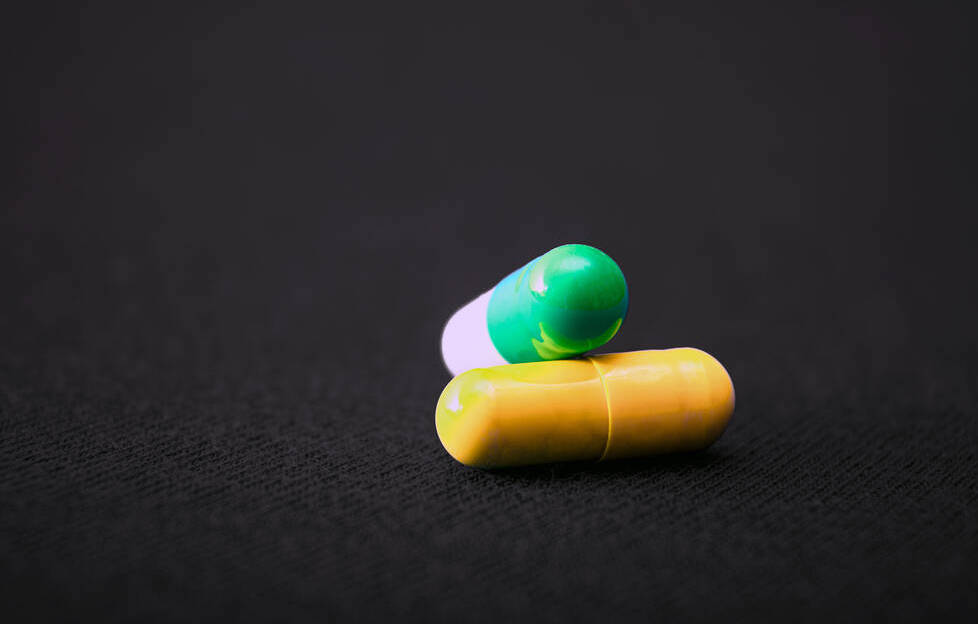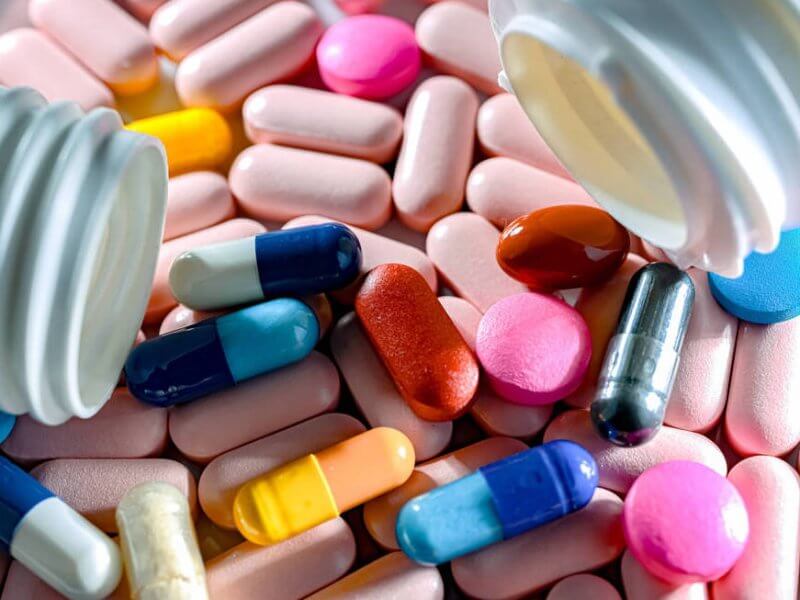427 total views
Last Updated on 10/09/2025 by James Anderson
How Modafinil may help in cocaine addiction recovery. Its mechanism of action, effectiveness, safety, and legal status, plus a detailed comparison with cocaine. Latest research on Modafinil as a potential treatment for substance dependence
Modafinil: Mechanism of Action
Modafinil is a prescription wakefulness promoting agent primarily used to treat narcolepsy, obstructive sleep apnea, and shift work sleep disorder. Unlike traditional stimulants, Modafinil acts by enhancing dopamine transmission without causing the drastic spikes and crashes associated with drugs like cocaine. It also influences orexin, histamine, and norepinephrine systems, contributing to increased alertness and cognitive enhancement.
What is Cocaine?
Cocaine is a powerful stimulant drug derived from the coca plant. It is known for its intense euphoric effects, which make it highly addictive. Cocaine affects the central nervous system by increasing levels of dopamine, a neurotransmitter linked to pleasure and reward. The short lived high associated with cocaine leads to frequent re-dosing, increasing the risk of addiction and long term health consequences.
Cocaine Addiction
Cocaine addiction is a chronic, relapsing disorder characterized by compulsive drug seeking behavior despite negative consequences. Users develop tolerance, requiring higher doses to achieve the desired effects. Over time, this leads to severe physical and psychological dependence. Withdrawal symptoms, including depression, fatigue, and strong cravings, make quitting extremely difficult. Cocaine addiction is linked to serious health risks such as cardiovascular disease, neurological impairment, and mental health disorders.
Modafinil for Cocaine Addiction
Recent research suggests that Modafinil may help treat cocaine dependence by reducing cravings and withdrawal symptoms. Modafinil’s unique pharmacological profile enables it to stabilize dopamine levels without the reinforcing euphoria of cocaine. It has been studied as a potential treatment for reducing relapse rates and improving cognitive function in recovering cocaine users. Some clinical trials indicate that Modafinil can help decrease impulsivity, making it easier for individuals to resist cravings.
Comparison of Modafinil and Cocaine
| Feature | Modafinil | Cocaine |
|---|---|---|
| Drug Type | Stimulant (prescription) | Stimulant (illicit) |
| Primary Action | Increases dopamine, orexin, histamine | Rapid dopamine spike |
| Duration of Effect | 12-15 hours | 30-90 minutes |
| Addiction Potential | Low | High |
| Legal Status | Prescription only | Illegal (in most countries) |
| Cognitive Effects | Enhances focus and alertness | Short term euphoria, long-term impairment |
| Health Risks | Mild side effects | Severe cardiovascular and neurological risks |
The Legality of Modafinil and Cocaine
Cocaine is classified as a Schedule II drug under the Controlled Substances Act in the United States, meaning it has a high potential for abuse and severe dependence. It is illegal for recreational use in most countries.
Modafinil, on the other hand, is classified as a Schedule IV drug, indicating a lower potential for abuse and addiction. It is available by prescription in many countries, including the United States, the United Kingdom, and Australia. However, some nations have stricter regulations, making it a controlled substance.
Comparative Analysis of the Efficacy of Modafinil
Modafinil has shown promise in various clinical trials for treating cocaine addiction. Some studies suggest that it reduces the reinforcing effects of cocaine while improving cognitive flexibility and executive function. Unlike traditional stimulant medications, Modafinil has a lower potential for abuse, making it a safer alternative for long term treatment.
However, the efficacy of Modafinil in treating cocaine addiction varies among individuals. While some patients experience reduced cravings and improved self control, others may see minimal benefits. Researchers continue to explore its effectiveness in combination with behavioral therapies and other pharmacological interventions.
Safety and Tolerability of Modafinil
Modafinil is generally well tolerated, with mild side effects such as headache, nausea, and insomnia. Unlike cocaine, it does not cause significant cardiovascular issues when used as prescribed. However, misuse or high doses may lead to anxiety, increased heart rate, or agitation. Unlike cocaine, Modafinil does not produce intense withdrawal symptoms, reducing the risk of dependence.
Problems and Contradictions in Treatment
Despite its potential benefits, Modafinil is not a universal cure for cocaine addiction. Challenges in treatment include:
- Variability in patient response – Not all individuals respond positively to Modafinil.
- Limited long-term studies – More research is needed on the long term safety and efficacy of Modafinil for addiction treatment.
- Risk of misuse – Though Modafinil has a lower abuse potential, some individuals may still misuse it for cognitive enhancement.
Areas of Research and Treatment
Ongoing studies are exploring:
- Combination therapy: Using Modafinil alongside behavioral therapies such as Cognitive Behavioral Therapy (CBT) for more effective results.
- Genetic factors in response to Modafinil: Understanding why some individuals benefit more than others.
- New pharmacological alternatives: Investigating other medications that may work synergistically with Modafinil to enhance treatment outcomes.
Conclusion
Modafinil represents a promising pharmacological intervention for cocaine addiction, offering a safer and more controlled approach to managing withdrawal symptoms and cravings. While research supports its potential benefits, further studies are needed to establish its long-term efficacy and safety. For those struggling with cocaine addiction, a combination of medical treatment, behavioral therapy, and lifestyle changes remains the most effective path to recovery.
‼️ Disclaimer: The information provided in this article about modafinil is intended for informational purposes only and is not a substitute for professional medical consultation or recommendations. The author of the article are not responsible for any errors, omissions, or actions based on the information provided.
References:
- Modafinil misuse and overdose. Reactions Weekly. 2022
- Alacam H. Modafinil dependence: A case with attention-deficit/hyperactivity disorder.
https://www.ncbi.nlm.nih.gov/pmc/articles/PMC5912487/ . 2018 - Clinical guideline for the evaluation, management and long term care of obstructive sleep apnea in adults. 2009
- Cortese S. Comparative efficacy and tolerability of medications for attention deficit hyperactivity disorder in children, adolescents, and adults. 2018
- Goss AJ. Modafinil augmentation therapy in unipolar and bipolar depression: Aa systematic review and meta-analysis of randomized controlled trials. 2013
- U.S. Food and Drug Administration. PROVIGIL. U.S. Department of Health and Human Services. https://www.accessdata.fda.gov/drugsatfda_docs/label/2015/020717s037s038lbl.pdf . 2015
- Ballon JS, Feifel D. A systematic review of modafinil: potential clinical uses and mechanisms of action. J Clin Psychiatry. 2006
- Willavize, S. A., Nichols, A. I., & Lee, J. Population pharmacokinetic modeling of armodafinil and its major metabolites. https://doi.org/10.1002/jcph.800 . 2016
- Fuxe K, et al. Modafinil enhances the increase of extracellular serotonin levels induced by the antidepressant drugs fluoxetine and imipramine: a dual probe microdialysis study in awake rat. Synapse. 2005
- Wirz, S., Nadstawek, J., Kühn, K. U., Vater, S., Junker, U., & Wartenberg, H. C. Modafinil zur Behandlung der Tumorfatigue: Eine Interventionsstudie [Modafinil for the treatment of cancer-related fatigue: An intervention study]. https://doi.org/10.1007/s00482-010-0987-y . 2010


